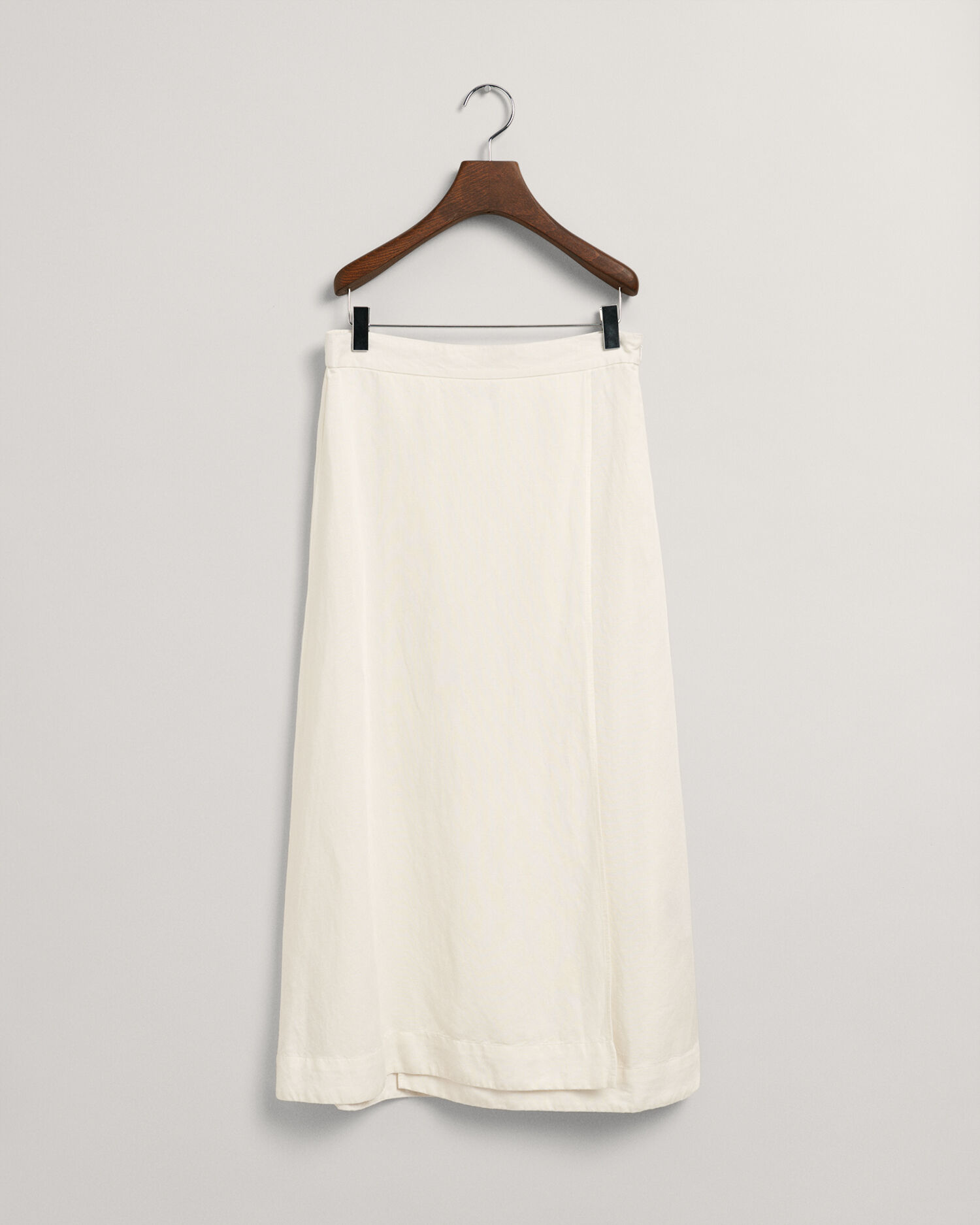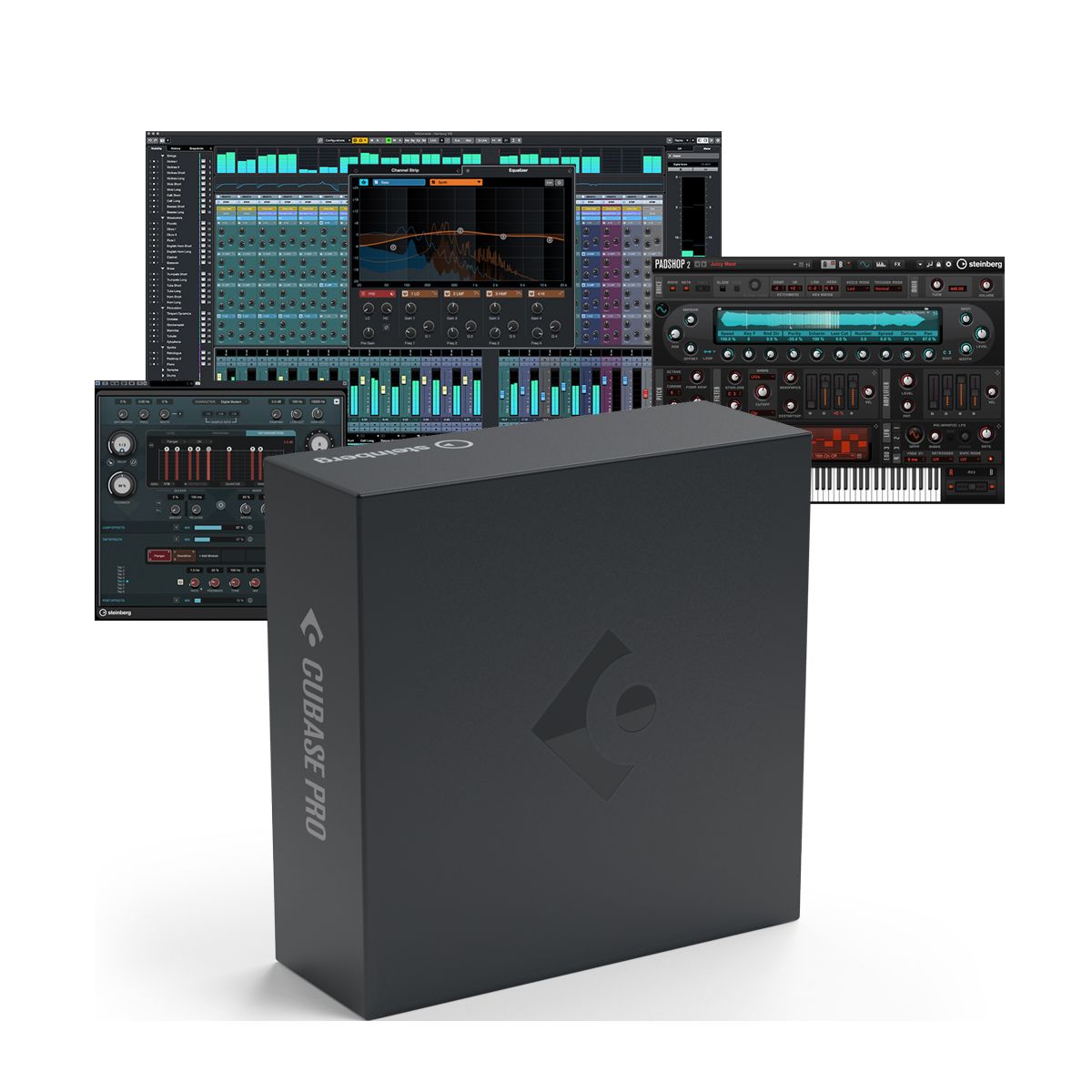

I often use a Roland A-70, which is a 76 note controller keyboard that has four independent midi outputs. I use a controller keyboard to send patches changes to multiple modules or other keyboards. I do this for a living, so let me try and lay out a couple of ways I make this work for me. There are several ways to switch patches in multiple keyboards/modules in a live setup. It's been the most reliable tool in the shed and I've had it at least a dozen years now. Oh yeah - the Peavey is built like a tank.

But then so does the Peavey and if I remember right I paid about $300 for it at a local store. See it here.Īs an alternative, I did find this on the JL Cooper web site, and it says it has 50 memories so it should be able to memorize 50 combinations of program changes. Maybe you should consider my solution - I use a Peavey PC1600X for all program change duties on stage and the 16 fully assignable faders and 16 fully assignable buttons come in mighty handy around sequencing time. I successfully used one of these with 10 synth modules back in the day without a glitch.

Mx8 midi patchbay manual Pc#
They worked like this - you could designate a channel to receive a PC on, then assign which PC it transmitted on to the rest of your rig. Digital Music, JL Cooper, MAudio, Edirol, 360 Systems all made good ones at one time or another, but a quick googling brought up not much. To define SPLITS and LAYERS in any combination, press the PGM button.Program changes should be included in any midi patcher worth it's salt. four channels are layered on each note) for instant LAYERING. The default MAP sends the entire keyboard range to all four zones (i.e. Select MAP (the uppermost position) with the Function Select Switch. Zone 1 on channel 4 zone 2 on channel 5 zone 3 on channel 6 zone 4 on channel 7 If four zones are defined and the input channel is MIDI channel 4, the zones will be output as follows. The first defined zone is transmitted on the same MIDI channel number as the input channel number, and each of up to three additional zones are output on the next higher MIDI channel number. Each zone is then output on its own MIDI channel to each selected output. These zones can be splits, layers or combinations of both. In MAP mode, four completely independent zones can be defined. Transposed MIDI data is send to each selected output. Play C on your keyboard connected to INPUT 1. If you are playing in the key of C and you wish to transpose to the key of F#, you would perform the following sequence.ģ. Press the note on your keyboard that defines the key you wish to transpose to. The Green LED above the word “TO” will illuminate. Press the note on your keyboard that defines the key you wish to transpose from. When the PGM button is depressed briefly (see RESET), the Red LED above the word “TRANSPOSE” will blink rapidly and the Green LED above the word “FROM” will illuminate. Select TRANSPOSE (the middle position) with the Function Select Switch. In Merge mode, the MX-28M will merge data from INPUT 1 with the data from INPUT 2. Processed data can be assigned to any OUTPUT(s), and each of the INPUTS can still be assigned individually. Select one of the three processing functions with the three-position Function Select Switch. Transpose intervals and map zones are selected directly from your controller keyboard connected to INPUT 1. Plug the Power Adapter connector into the power jack on the MX-28M.įor each MX-28M OUTPUT, use the corresponding three-position switch to select either INPUT 1, INPUT 2 or the PROCESSOR as the source for that OUTPUT. Plug the Power Adapter into a suitable wall outlet. Route each of the eight MX-28M OUTPUTS to the INPUTS of your tone modules, sequencer, etc. your sequencer) to the other input on the MX-28M. Route the OUTPUT from another “source” (e.g. your controller keyboard) to one of the INPUTS on the MX-28M. Please take a moment to fill in and mail the warranty card now. When you open the carton, check to make sure you have the following: In addition, the MX-28M provides Merging, Transposition and Note Mapping functions to help you create exactly the sounds and effects you want. The MX-28M MIDI Patchbay is an ideal routing system for small systems, or expander unit for medium to large sized systems.


 0 kommentar(er)
0 kommentar(er)
